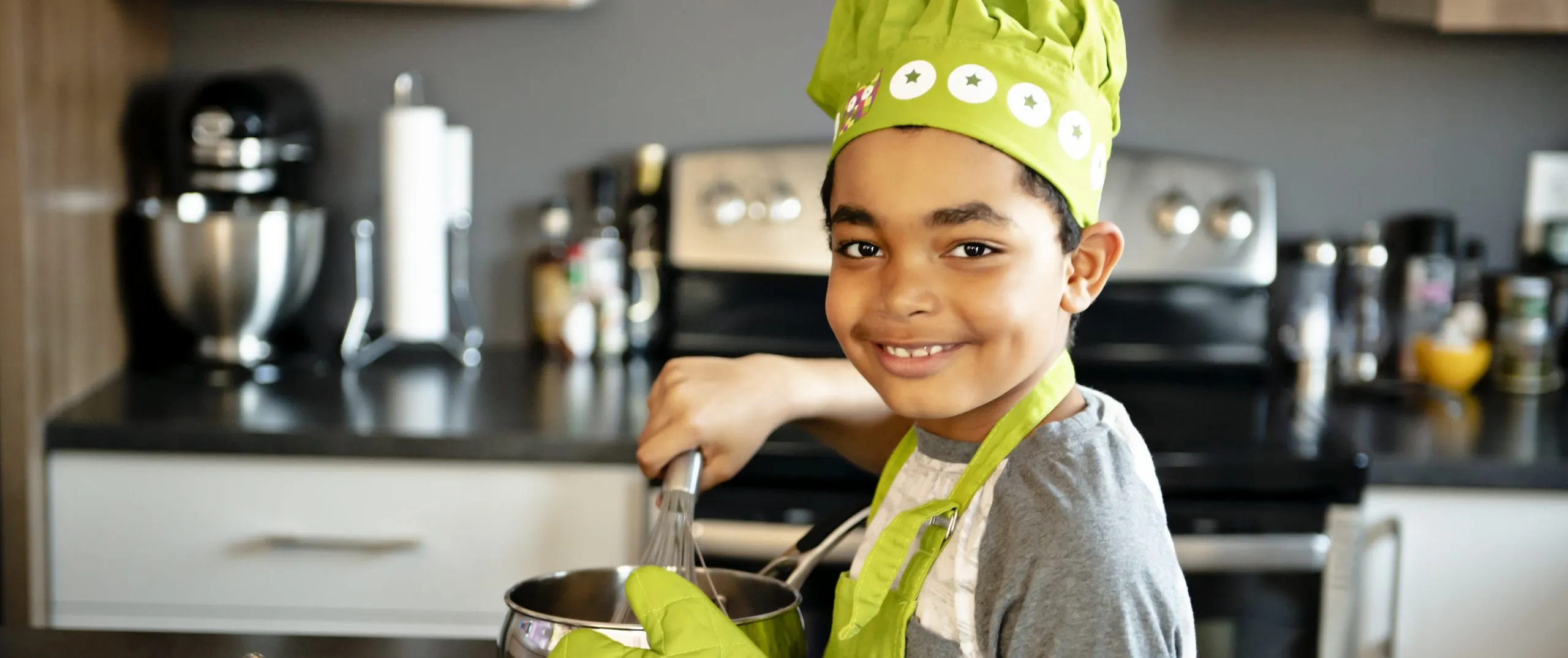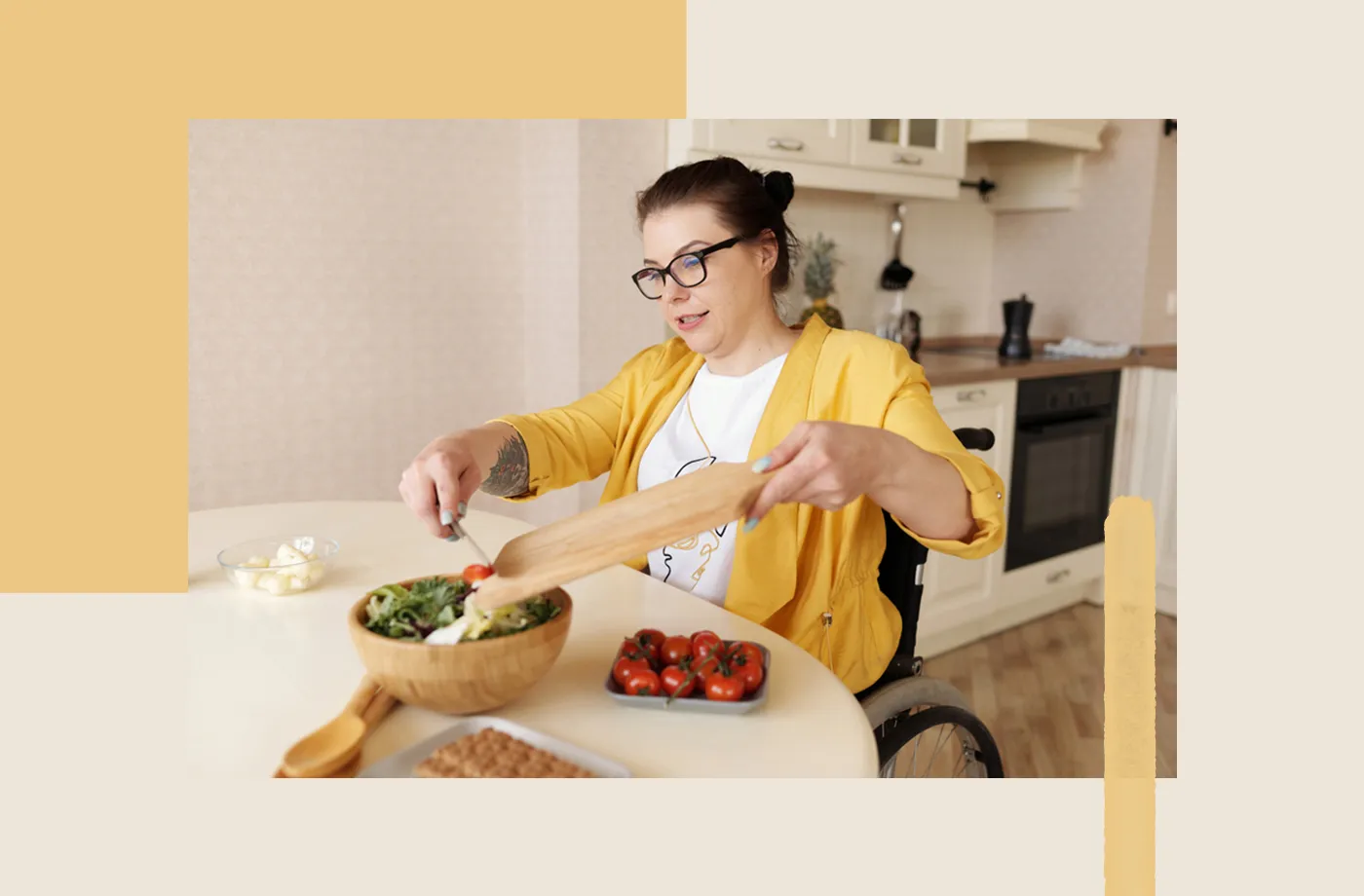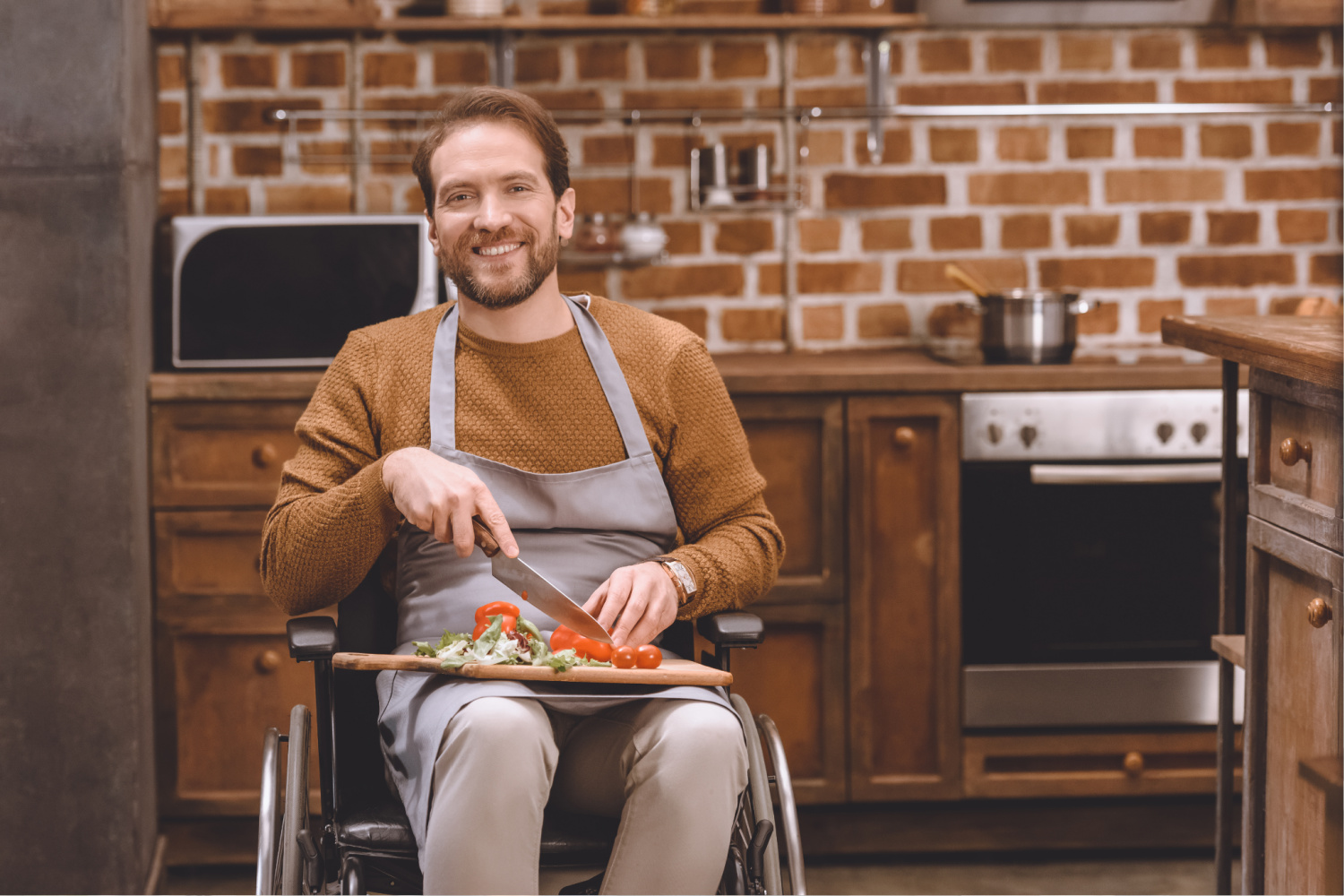Art for All extends its vision to the culinary arts, fostering an inclusive environment where individuals with physical disabilities and intellectual disabilities can engage in disabled cooking and experience the joy of preparing food. According to Sociology essay writing service at Essayhub.com this initiative not only breaks down barriers in the kitchen but also promotes healthy eating and independent living by adapting food preparation methods to meet diverse needs.

Future Plans: Expanding Art for All to Reach More Communities
Looking ahead, Art for All has ambitious plans to expand its reach and impact. The initiative aims to include more diverse art forms and to create new programs that cater to the evolving interests of the community. By continuing to update its offerings and expand its reach, Art for All is set to become an even more integral part of Northern Michigan’s cultural and social landscape.
Art for All is more than just an art program; it is a movement that embodies the spirit of community and creativity. It strives to ensure that everyone, regardless of their background or abilities, can enjoy the benefits of art and use it as a tool for personal growth and community cohesion. As it grows, Art for All continues to sign new partnerships and foster collaborations that will further its mission to make art accessible to all and to enrich the lives of those in Northern Michigan and beyond.

Cooking Lessons for All: Techniques for Inclusive Culinary Education
Cooking lessons designed by Art for All emphasize practical adaptations that assist individuals with various disabilities. These classes cover essential skills such as using kitchen equipment safely, managing prep work with disposable gloves, and employing electronic touch appliances that enhance kitchen accessibility. Each lesson is a step towards culinary independence, catering to all levels of ability.
Simple Recipes: How to Prepare Frozen Chicken Breasts Accessibly
One of the simple recipes taught includes how to prepare frozen chicken breasts. This dish is chosen for its simplicity and versatility. The class guides participants through safe thawing techniques, seasoning methods that don’t require fine motor skills, and the use of kitchen accessibility tools like food processors to mix spices or create marinades without physical strain.


Adapting Food Preparation for Physical Disabilities
Adapting food preparation for individuals with physical disabilities involves redesigning traditional kitchen environments and using specialized tools to create a more accessible and inclusive cooking space. Art for All, a program dedicated to making everyday tasks more manageable for those with disabilities, has introduced several innovative solutions to aid in this adaptation. One key tool is the rocker knife, which features a curved blade that allows for easier cutting and chopping with a simple rocking motion, minimizing the need for extensive hand strength or dexterity. This is especially beneficial for individuals who might struggle with the grip and motion required by standard knives. Additionally, built-up handles are added to various kitchen utensils to provide a more comfortable and secure grip, making it easier for those with limited hand function to manipulate tools for food preparation.
The design of the kitchen workspace is also crucial in making food preparation accessible. Art for All advocates for the implementation of small table setups and adjustable height surfaces that can be modified to meet the specific needs of wheelchair users. These adjustments ensure that individuals in wheelchairs can comfortably reach and use all areas of the kitchen without the strain or discomfort that standard counter heights can cause.
Tools and Technologies: Enhancing Kitchen Accessibility
Improving kitchen accessibility is crucial for disabled cooking. Innovations such as food processors with small knobs that are easier to grip, hands-free devices that can be operated without extensive manual effort, and cutting boards with stability features enable individuals to cook more independently and safely. These tools ensure that physical limitations do not hinder creativity in the kitchen.

Stories from the Kitchen: Successes in Disabled Cooking
The stories from individuals who have participated in Art for All’s cooking programs are profoundly inspiring. Many recount how cooking lessons have not only improved their ability to prepare meals but also boosted their confidence and physical well-being. One memorable tale involves a person with down syndrome mastering the art of making frozen pizza with customized prep work stations, illustrating significant strides in independent living.

Looking Ahead: The Future of Culinary Inclusivity and Art for All
The future of Art for All in the culinary field looks promising as it plans to expand its curriculum and include more complex recipes and techniques. The goal is to continually adapt and innovate, ensuring that every individual, regardless of disability, can experience the fulfillment of making a meal. As Art for All grows, it hopes to inspire other organizations and communities to adopt similar inclusive approaches, making culinary arts accessible to all who wish to explore them.
By nurturing an inclusive culinary environment, Art for All not only enhances the skills and independence of individuals with disabilities but also enriches the culinary world with diverse perspectives and innovations. Through ongoing commitment and community support, disabled cooking can continue to evolve, offering more opportunities and joy to those who partake in this creative and essential activity.
Students use essay services where you can pay someone to write my thesis to receive professionally written content that enhances academic performance. These platforms guarantee originality and adherence to assignment guidelines.
These platforms makes sense or sence are trusted for quick turnaround, originality, and consistent academic quality.